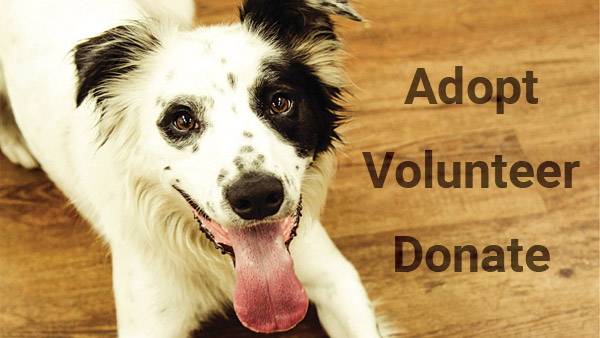TRAINING – COME
- This topic has 0 replies, 1 voice, and was last updated 15 years, 3 months ago by
Mackenzie’s Admin.
-
AuthorPosts
-
January 23, 2009 at 2:47 am #326
Mackenzie’s Admin
MemberImproving Your Dog’s Recall
It’s time to leave for work, yet Bobbie the border collie is ignoring your pleas to come into the house. As you reach for his collar, he dashes away with a "catch me if you can" gleam in his eyes. Is there anything more frustrating than a dog who doesn’t come when called?
Wishful Thinking
In an ideal world, when the dog hears, "Bobbie, come!" he should drop what he is doing and fly toward his caretaker, being careful to rein in his speed just enough to execute the perfect toe-to-toe sit with his commander in chief. Sadly, many dogs think the command to come is an invitation for a game of canine keep-away. How did your dog’s skills go from perfect-puppy "recall"—the standard dog-training term for coming when called—at three months of age to this frustrating and dangerous behavior as an adult? In order to figure out the answer to this question, consider what "come" now means to your dog.Does it mean that you are about to do something unpleasant but necessary to the dog? This includes trimming his nails, giving him a pill, popping him in the bath, or restricting his freedom so you can go off to work. Don’t color the come command with negative connotations—just go get the dog without a command if what follows isn’t particularly rewarding. There is no need to warn him that he won’t like what follows.
Does "come" mean the end of a good time? If you only call your dog to come into the house or to leave the dog run, why would he want to comply? However, if you begin to call him a half-dozen times or so during an outing, pop a treat in his mouth, and send him back for more play, he’ll learn that obeying the command most likely will be beneficial to him.
Does "come" mean the dog must come each and every time he is called? Most dog owners think that is what they are teaching, when in fact they are not consistent about making the dog comply. Until the dog proves reliable under many circumstances, regardless of environment, level of distraction, and distance from the handler, he should not be off-leash and expected to come when called. If the dog is not on a leash or long line and cannot be reeled in (made to comply), the recall command should not be used. Why let the dog think that "come" is a multiple-choice request?
Teaching "Come"
Begin with the dog on a six-foot lead. Let him get interested in something and then call, "Bobbie, come," in an upbeat voice while running backward, away from the dog. As you are running, hold a treat at the dog’s nose level to serve as a lure. When the dog is a few steps away, raise the treat up a bit while telling the dog to sit. After the dog sits, reach out, grab his collar, and reward him with the treat. When the dog has achieved perfection at this level in a variety of environments, graduate to using a 15-to-30-foot line or retractable leash. (Do not use retractable leads on crowded sidewalks or busy streets.) Increase the difficulty quotient by employing an assistant to distract the dog with food, toys, or another dog.As the recall improves, there will be no need to run backward or give a treat every time, but the command itself always should sound upbeat and welcoming to the dog. When you get unhesitating compliance 100 percent of the time when using a long line, begin off-leash training in confined areas. If the dog begins to tune you out, take a step backward and begin using light lines like light nylon cord until you get compliance.
One of the crucial components to a great recall is a strong bond with your dog. Have you encouraged your dog to frequently check in with you whether he’s on leash or off? Reward eye contact—even if it’s with little more than a smile. Disappear from your dog behind the garage or a tree and make him seek you out. Insist he request permission before he is allowed to bound off leash, and end the fun when he chooses to forget you’re there. Be persistent when teaching this command. The perfect recall will not only get you to work on time, but it may also one day save your dog’s life.
By Jacque Lynn Schultz, CPDT
Companion Animal Programs Advisor
ASPCA National Shelter Outreach -
AuthorPosts
- You must be logged in to reply to this topic.
















































